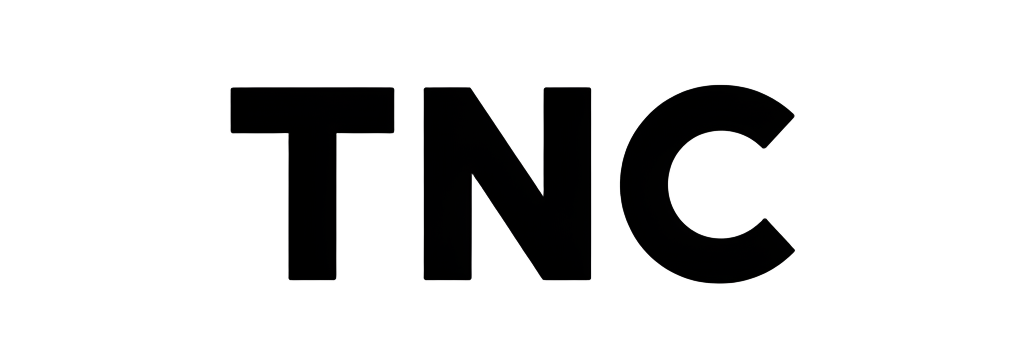The Rise of AI: Challenging the Future of Traditional Visual Arts
Artificial Intelligence (AI) is rapidly transforming the landscape of visual arts, presenting unprecedented challenges to traditional artistic practices. From drawing and painting to photography and comic arts, creators now face a technological revolution that threatens to redefine artistic production.
The emergence of AI-generated imagery has dramatically altered creative landscapes, enabling the mass production of visual content within minutes – a process that traditionally required hours of meticulous human effort. This technological disruption raises critical questions about the authenticity and emotional depth of artistic creation.
AI’s growing prevalence has introduced a troubling trend of manipulative content generation. Numerous online platforms now circulate fabricated images designed to elicit emotional responses, using sophisticated algorithms to create seemingly heartwarming or inspirational scenarios that lack genuine human experience.
Traditional artists remain the true custodians of meaningful artistic expression. Their work represents more than mere visual representation; it embodies emotional depth, cultural context, and personal narrative. Unlike AI-generated content, human-created art carries an intrinsic connection to lived experiences and profound storytelling.
The contemporary art world increasingly confronts controversial manifestations of creative expression. Artworks valued at extraordinary prices, yet seemingly devoid of traditional artistic merit, challenge conventional understanding of artistic value. These provocative pieces often spark debate about the essence of art and its socio-cultural significance.
Supporting local artistic communities becomes paramount in preserving authentic creative traditions. Advocating for robust copyright protections, creating national platforms for artist recognition, and integrating art education can help safeguard traditional artistic practices against technological displacement.
Museums and cultural institutions must play a pivotal role in championing local artistic talent. By prioritizing indigenous artistic expressions and creating dedicated spaces for traditional visual arts, we can ensure the continued evolution and appreciation of genuine creative work.
As AI continues to advance, the art world stands at a critical juncture. Balancing technological innovation with respect for traditional artistic practices will be crucial in maintaining the rich, nuanced tapestry of human creative expression.
